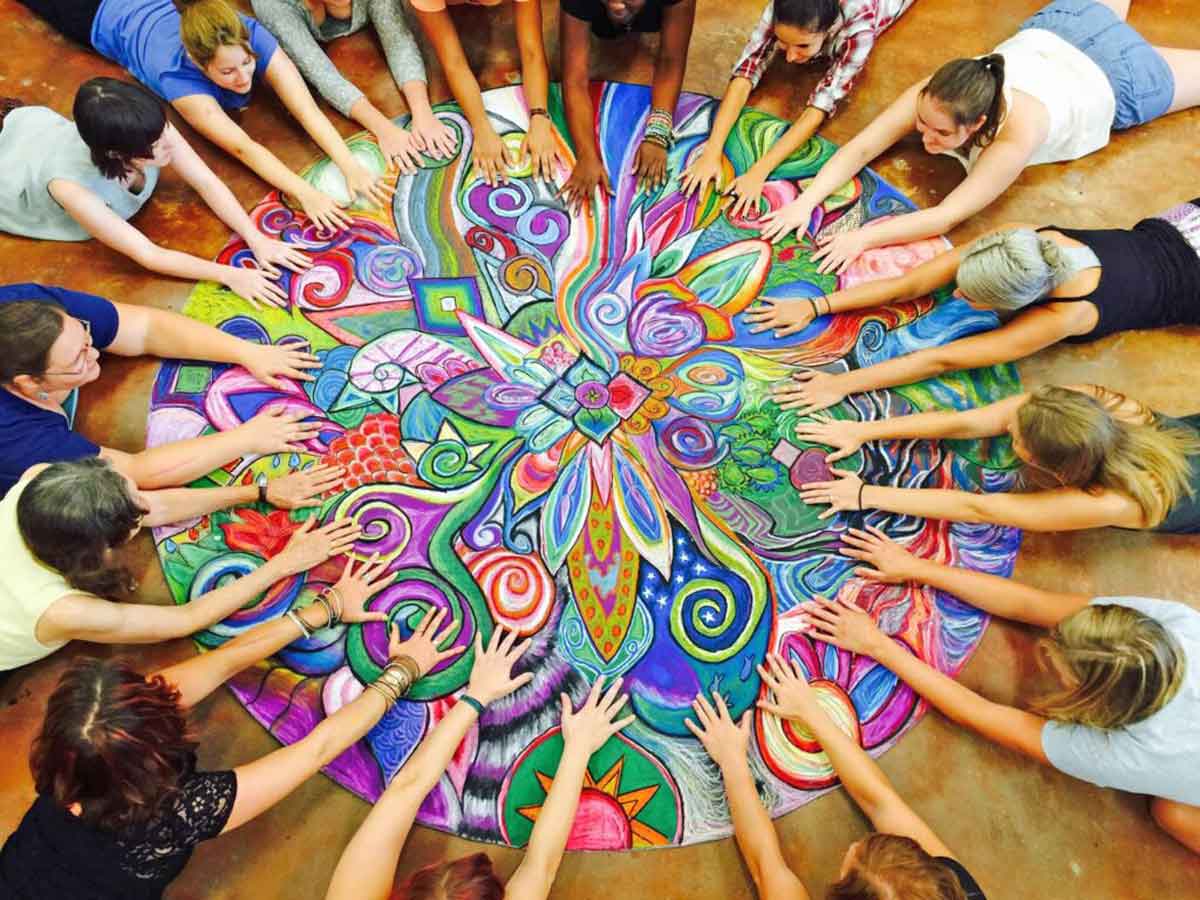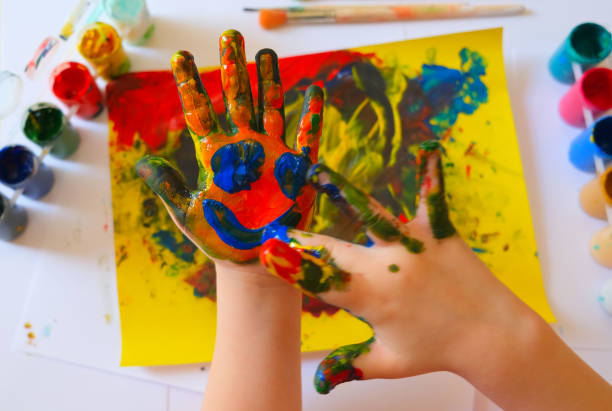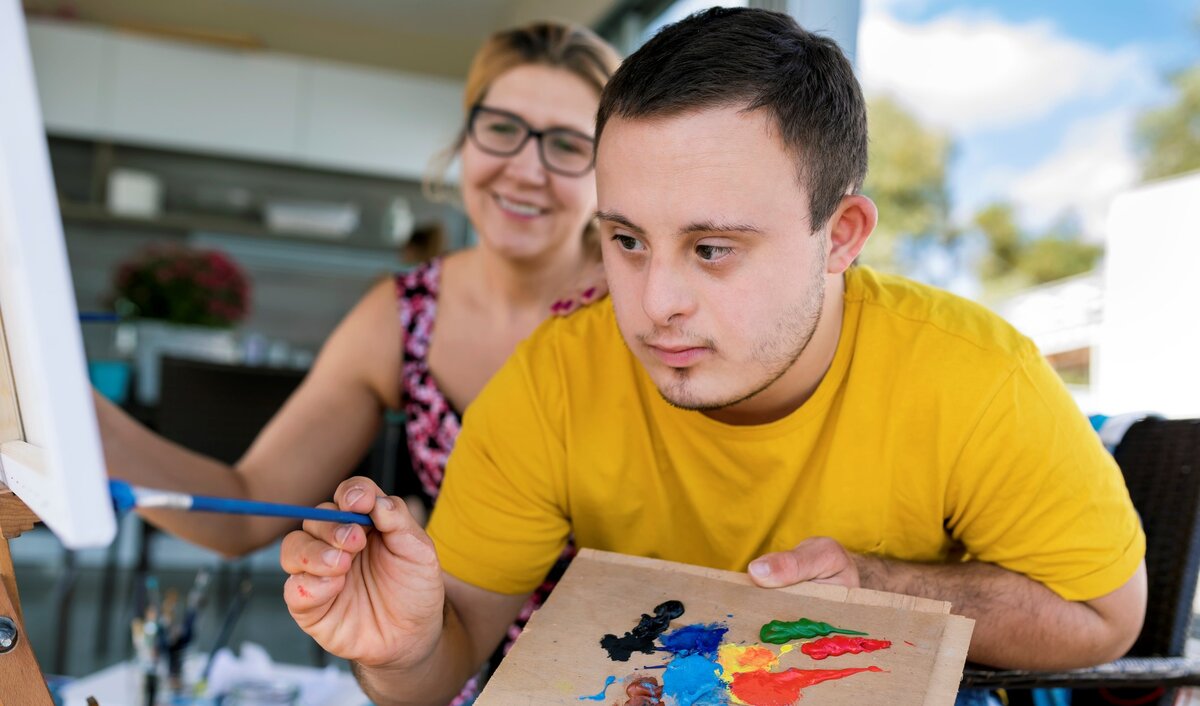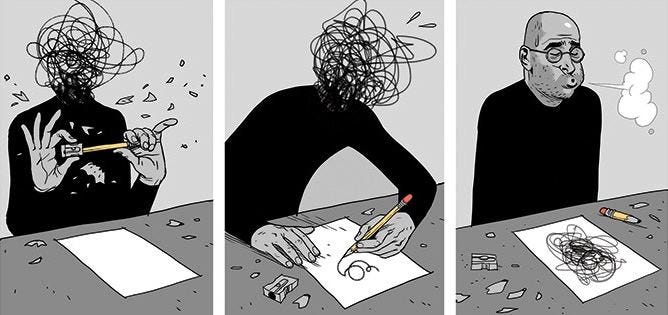Introduction
Art has a profound influence on our lives, intertwined with the very essence of our existence. It serves as a universal language of creativity, allowing us to convey emotions, narrate stories, and delve into the depths of our innermost thoughts. Amidst this creative tapestry, art therapy has emerged as a compelling form of counselling and self-expression, gaining significant popularity in recent years. This therapeutic modality harnesses the transformative power of art to guide individuals through emotional, physical, and mental challenges.
Origins of Art Therapy: A Mid-20th Century Evolution
The formal discipline of art therapy found its roots in the mid-20th century. In 1942, British artist Adrian Hill coined the term “art therapy” after discovering the therapeutic benefits of drawing and painting during his recovery from tuberculosis. Early pioneers such as Margaret Naumburg and Edith Kramer recognised the therapeutic potential of artistic expression in assisting individuals grappling with mental health issues. Over time, the field burgeoned, opening new avenues for healing.

Art as a Therapeutic Tool: Navigating Emotional Landscapes
Jaisleen Kaur, a psychology major, image consultant, soft skills trainer, and life coach based in Dehradun, emphasises the profound therapeutic properties of art. She notes that engaging in various artistic expressions, including painting, drawing, music, dance, and more, can significantly enhance mental well-being. Across cultures and ages, these creative activities have facilitated emotional expression, stress reduction, and the enhancement of mental health.
Art therapy offers a non-verbal channel for self-expression, enabling individuals to process their thoughts and emotions effectively. Kaur elaborates on the goal of art therapy, emphasizing its capacity to employ the creative process as a means for individuals to explore self-expression, gain personal insights, and develop new coping mechanisms.
Art Therapy in India: An Emerging Avenue for Mental Health
In India, the practice of art therapy is experiencing a remarkable upsurge, gaining recognition for its effectiveness in addressing mental health concerns. But how does art therapy function? To gain deeper insights, we turn to art therapists and organisations pioneering this field in the country.

Diverse Approaches to Art Therapy in India
- Materials and Methods: Ritu Dua, an Art Therapist at the Center for Mental Health in Pune, elucidates that art therapy employs the creative process of crafting art to enhance an individual’s mental, physical, and emotional well-being. A spectrum of materials, from crayons and colored pencils to paints, clay, and even elements of nature, is used. The choice of material depends on the client’s specific concerns, as different materials possess unique properties.
- The Wet-on-Wet Technique: Holistic Art Therapists Association (HATA) in Mumbai practices a distinctive form of art therapy called the wet-on-wet technique. Founded by Dr. Margarethe Hauschka, this approach focuses on preventing diseases by working with watercolors and fluidity, promoting mental fluidity and mindfulness.
- A Holistic Approach: Art therapy’s impact extends to individuals of all ages, from children to senior citizens and even cancer patients. Art therapists engage clients in soothing art activities, such as drawing, painting, and clay sculpting, offering a means of expression for those who find it challenging to articulate their feelings verbally.
Beyond Conventional Talk Therapy: A Personal Journey of Expression
Art therapy differs significantly from traditional counseling, as it fosters a safe space for individuals to express themselves through various mediums, including colors, movements, and more. The non-verbal experiential process allows individuals to connect with their inner selves, prompting them to engage, express, and reflect.
Kamalika Guha Thakurta, Founder and Director of Artscape in Mumbai, emphasises that art therapy encourages individuals to explore their thoughts and emotions, ultimately leading to a deeper understanding of oneself.

The Art Therapy Process: Collaboration and Reflection
Art therapy is a collaborative endeavour, commencing with the art therapist gathering information about the client’s background and concerns. Therapeutic goals are established, followed by the provision of art materials and the creation of a supportive environment. Clients then create artwork based on prompts, with subsequent reflection on their feelings and thoughts during the creative process.
Art Therapy at Home: A Gateway to Self-Expression
For those hesitant to join formal art therapy organizations, beginning art therapy at home is an accessible option. Exploring various art mediums and finding joy in the process is key. Journaling and listening to music are recommended ways to embark on the journey of self-expression from the comfort of one’s home.
A World Without Artistic Boundaries: Inclusivity of Art Therapy
It is crucial to recognize that one need not be an accomplished artist to engage in art therapy. Every stroke, line, or color choice represents a unique expression of thoughts and feelings. In the realm of art therapy, there are no mistakes—only the beauty of individual expression.
In conclusion, art therapy stands as a transformative and inclusive modality that empowers individuals to explore their emotions, gain insight, and foster mental well-being. With its rich tapestry of creative avenues, art therapy transcends boundaries, offering a unique and deeply personal journey of self-expression and healing.
Reference: The Indian Express
Feature Image courtesy: medium via google

Contributor






